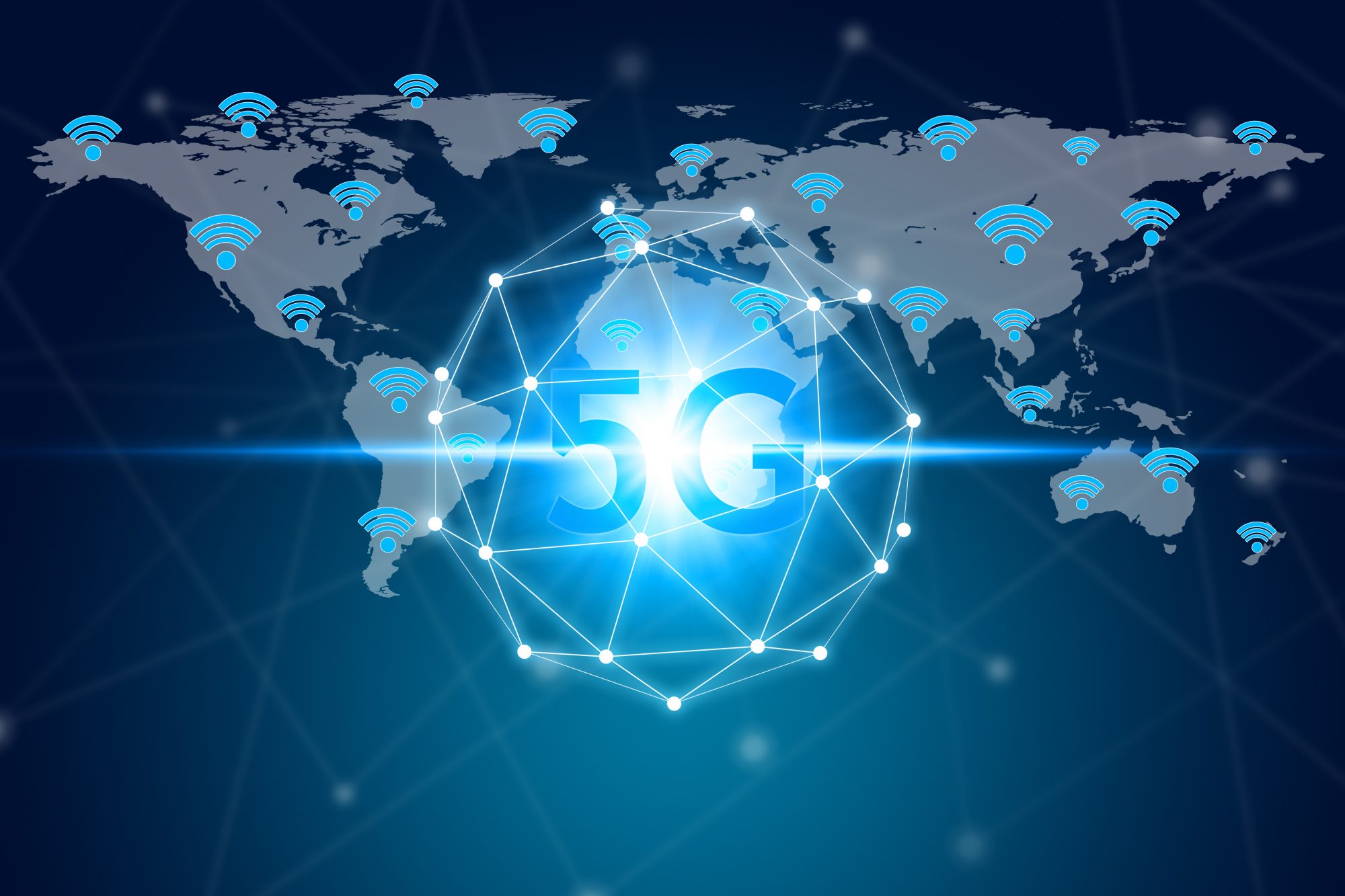
COVID-19 recasts internet as a utility for every home
by Steph HazlegreavesJorg Welters, Partner at Reply, explores how the telecommunications sector has grown amid the COVID-19 crisis, after broadband is perceived to be essential to surviving lockdown
COVID-19 has recast the internet as a utility we rely on as much as water and gas. Whereas once the hot topic in Europe was 5G, with questions over its viability as commonplace as initiatives to introduce broadband to every home, questions like: should we invest in the technology; will everyone have access to it; how would this be possible etc? Now we may reflect on a time when the internet gained parity with other ‘essentials’.
Indeed, the internet has been essential to surviving lockdown. People are doing their weekly shop online instead of instore, watching Netflix in the evenings instead of going out, and chatting to friends on Houseparty rather than in person.
As a result, the telecoms industry has been under the spotlight. In fact, according to a new impact analysis report on the Telecommunications sector by Reply, interest in the industry has grown by 8% compared to interest last year, while consumer interest for wired broadband has increased by 26% in the United Kingdom.
There is little doubt that as the ‘new normal’ emerges, it will build upon the increasing centrality of the internet in our daily lives. The outcomes of the Coronavirus, including new ways of working, learning and socialising, are likely to speed up the expansion of broadband capacity and the implementation of new technologies such as 5G and AI to augment call centres and retail stores.
Changing social lives to life online
Additional findings from the Reply study confirm that consumer interests have shifted as the public have adapted their normal social lives to be able to exist online, with the support of substantial internet connection. As with gas solving the problem of heating our homes, the internet has solved the problem of us having to leave them.
According to the research, during the COVID-19 lockdown, the search for terms related to app stores, gaming, on-demand video and online workouts were increasingly frequent. For example, with gyms shut in the UK, searches for online workouts increased by 363 percent. App Stores and on-demand video also recorded high double-digit growth across Europe.
The sharp rise in interest in all these data-intensive activities indicates a general trend towards greater bandwidth utilisation, to which telecommunications providers must adapt – even post COVID-19.
Adapting to working from home
It is not just at home that consumers attitudes are changing, they are also shifting when it comes to work. Output restrictions and other social distancing measures, which almost all European countries introduced in response to the crisis, have accelerated digitisation. Companies are increasingly investing in the necessary infrastructure to enable their employees to work from home.
Some WiFi networks have struggled to take the pressure. Many, such as Virgin Media, for example, have reported widespread outages throughout the UK as the network adapted to the changing demands on its server at the start of lockdown.
It is not surprising then that there has been a sharp rise in consumer interest in DSL and cable internet throughout Europe. Compared to last year, interest in this topic grew by 26 percent in the United Kingdom. Internet used in offices has left consumers looking for solutions to enjoy data-intensive activities with limited buffering.
At the same time, consumer preferences are shifting. According to aggregate research across multiple media outlets, a majority of those surveyed regularly state that they are satisfied with their home office and want to work from home for at least one day a week even after COVID-19 crisis.
Looking to the future
Even before the outbreak, the UK government was planning on expanding 5G to slowly be available nationwide and ridding the country of the current coverage discrepancies between rural and metropolitan areas. This need has been exacerbated by COVID-19 which has shown the internet as critical infrastructure.
This means that the nationwide expansion of broadband and the implementation of the new 5G mobile communications standard is finally moving to the centre of politics in Europe and the European Commission. While the telecommunications industry is benefiting from these developments, it is at the same time increasing its responsibility to ensure a seamless, high-speed internet.
COVID-19 has built on this momentum and, while it is not the one it wanted, it has proved a catalyst for the telecoms industry to accelerate digital transformation. It has recast the internet and cemented its status as an essential utility. One thing is clear, as we look to the new normal, the telecoms industry will play a critical role in determining how we work, learn, shop and socialise in the future.
Telecommunication providers in many countries have stepped up with significant initiatives to support their customers. They have equipped healthcare and government agencies with high speed connectivity and devices, extended network capacity to support workers, teachers and students and they have ensured continuity to residential and small business customers unable to pay their current bills. The most important evidence yet that COVID-19 really is the catalyst to seeing the internet as a utility.